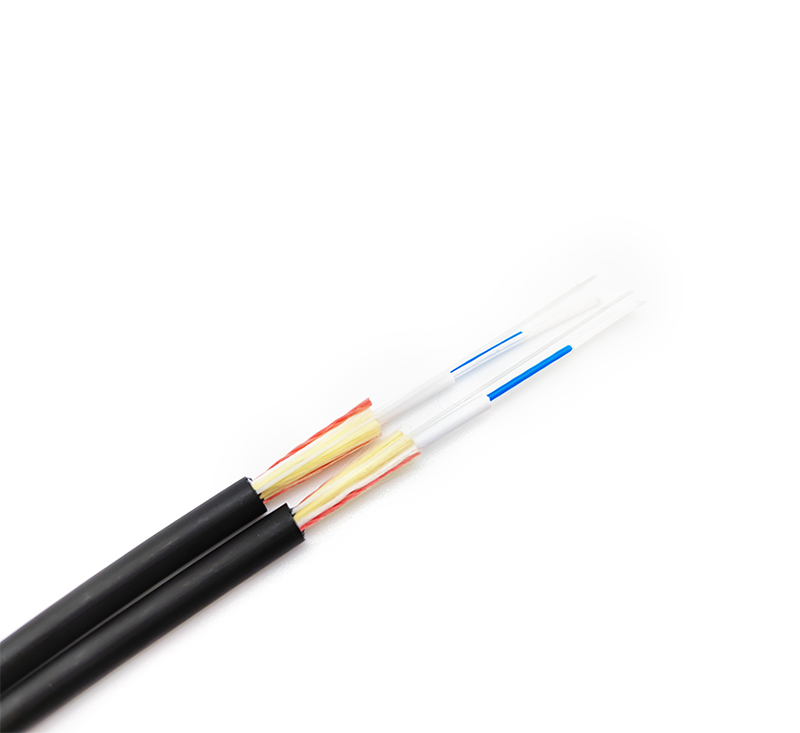Today, there are many types of copper cables on the market, such as super five, six, six, seven and eight types of network jumpers, and different types of copper cables have different wiring applications, such as: 1. Super five types of Over five types of network patch cords for network cables.
CAT5e cable was developed by TIA/EIA in 2001 with low attenuation, low crosstalk, maximum bandwidth of 100MHz, and maximum transmission rate of 1000Mb/s for backward compatibility. Has higher attenuation crosstalk ratio (ACR) and channel-to-noise ratio (signal-to-noise ratio) and less delay Erro. Cat5e network patch cords are suitable for 100M and Gigabit Ethernet, which are commonly used in home networks or indoor wiring. Normally, the maximum transmission distance of six types of network patch cords does not exceed 100 meters, 90 meters 2. Six types of networks The bandwidth of the cable and six network jumpers (ie. cat 6 wires) is 250MHz, and the maximum transfer rate is 10Gb/s. Compared with the super five kinds of network jumpers, the six kinds of network jumpers have better internal structure, the internal use of cross skeleton, and the torque of the four pairs of twisted pairs is small, which makes the six kinds of network jumpers in terms of crosstalk and return loss performance. It has been improved, and the transmission performance is much higher than that of Cat5e network jumpers. It is more suitable for applications with transmission rates greater than 1Gbps. In addition, the maximum transmission distance of six kinds of network jumpers is usually not more than 100 meters. 3. Cat6e network cables exceed six The network cable jumper (ie.. cat 6a network) is an improved version of the six-type network jumper, its bandwidth is twice that of the six-type network jumper, the transmission frequency can reach 500MHz, and the maximum transmission rate is 10Gb/s. The construction quality of the Super Six Network Patch Cord helps to eliminate Alien Crosstalk (AXT), it can support distances up to 120 meters, but practical applications are best within 100 meters.

In addition, compared with the six network jumpers, the conductor material of the super six network jumpers is thicker, which is more suitable for industrial environments. Many weak current friends may have some doubts about the difference between the 6 types of network cables and the super 6 types of network cables. 4. The transmission frequency of the seven types of network cables and the seven types of network cable jumpers (ie.. Cat 7 network cable) is up to 600MHz, and the transmission distance is supported within 100 meters. 10Gbps transmission rate. Compared with previous generations of network jumpers, seven types of network jumpers have strong shielding properties, which can effectively reduce attenuation and are suitable for the connection of high-density data center switches, patch panels and other equipment. . Seven types of network jumpers can be up to 40 meters over a 50 meter Gbps transmission distance, and even up to 100 Gbps over a 15 meter transmission distance.










